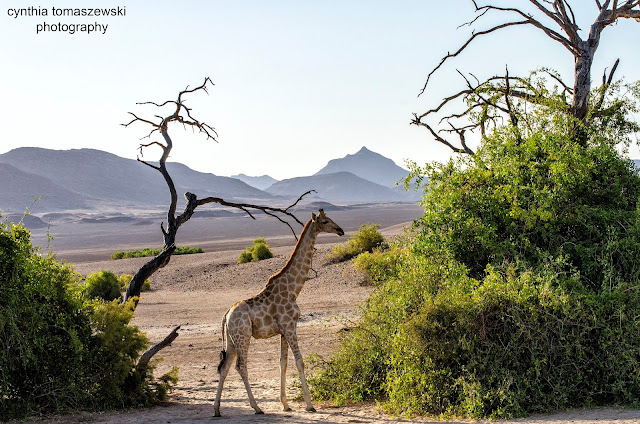Recently a Special Project to promote awareness of the organization Medecins Sans Frontieres - MSF was spearheaded by Mr. Mark Morgan. Over sixty class rooms through out Dubai, UAE were visited by Mark and his team of helpers to inform the 8 year old students of MSF activities around the globe, in the areas of humanitarianism and volunteer work. Following each talk, there was then a question answer period and then each class was asked to create a piece of artwork that they thought expressed what they had learned about Medecins Sans Frontieres.
I had recently volunteered to work with Medecins San Frontieres, offering to provide any photographic services they might need. It was a pleasure to work with Mark and Medecins San Frontieres. They are a wonderful organization providing care and aid to many troubled spots around the world. I photographed all sixty artworks for them and the photographs were used to promote the up coming exhibition in newsprint media, as well as by Medecins San Frontieres and its website.
The exhibition, called "The Wall of Life", was held at the Dubai Mall of the Emirates. It was a huge success with over a quarter of a million people viewing the artworks and many, many people coming forward, offering to volunteer for Medecins San Frontieres, in various capacities in the future.
I thought you would enjoy and appreciate seeing the enormous amount of creativity and work that each class put into their art projects. I wish I could share all sixty artworks with you. They were all so well done!
Congratulations to Mark Morgan, his team of helpers and to all the students and teachers who worked so hard to create such a wonderful exhibition.
I look forward to working more with Medecins San Frontieres in the future.
If you would like to learn more about Medecins San Frontieres - MSF, please visit their website at www.msf.org/

















































